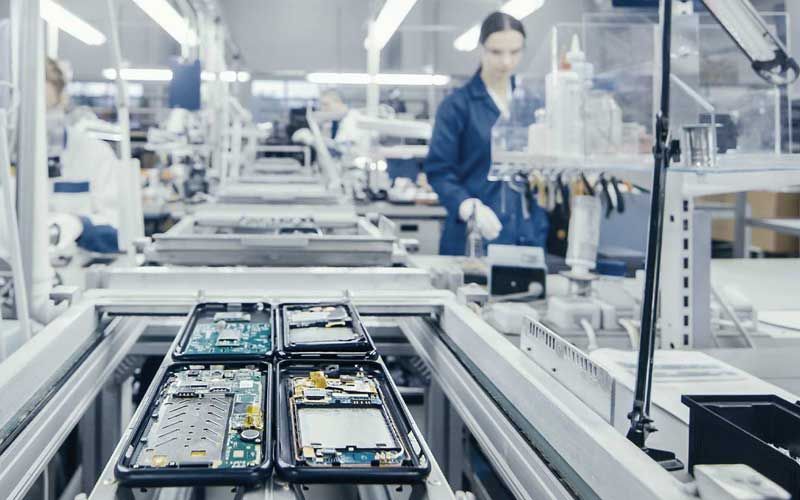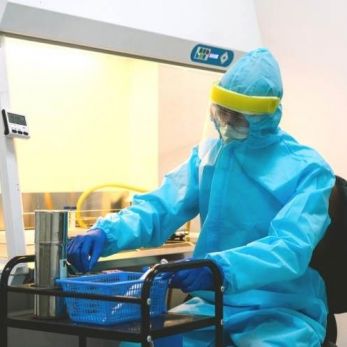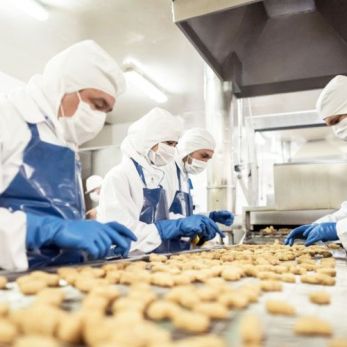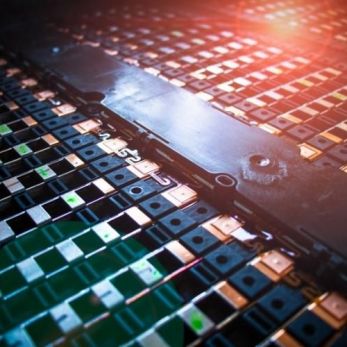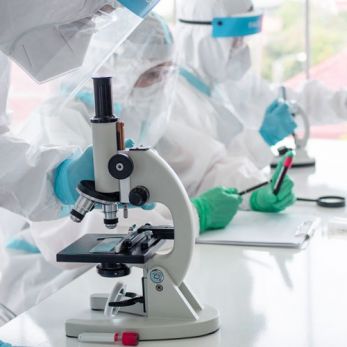What Is Electronics Clean Room?
Electronics industry is responsible for the creation of new technology that all consumers use or will be using in the future. Electronics cleanrooms are used in a wide variety of applications to produce integrated circuits, manufacture and assemble
Electronics industry is responsible for the creation of new technology that all consumers use or will be using in the future. Electronics cleanrooms are used in a wide variety of applications to produce integrated circuits, manufacture and assemble industrial and consumer electronics equipment.
Let’s dive deeper into electronics cleanrooms including some common applications, cleanroom classifications, and cleanroom design features.
What is an electronics cleanroom?
+ Electronics cleanroom is a type of cleanroom designed to comply with strict cleanliness standards to ensure complete sterility of the electronics manufacturing environment.
+ Cleanrooms maintain extremely low levels of particulates, such as aerosol particles, airborne microbes, dust, and vaporized particles, preventing products from being contaminated.
+ Not all the areas in electronic manufacturing plants need cleanrooms. Electronic cleanrooms are designed for critical stages in the electronics manufacturing process.
Why do we need electronic cleanroom?
To ensure product sterility and stability, electronic manufacturers must have a clean manufacturing environment. Contamination control plays an important role in the success of electronic manufacturers. Contaminated products cost electronics manufacturers millions of dollars each year, as well as lead to the loss of their ISO certifications.
Electronics cleanroom standards
Based on different applications, electronic cleanrooms will meet the particular cleanliness requirements. There are 2 standards that electronic cleanroom must comply with:
- FED STD 209E: This standard defines the concentration of suspended particles in the air according to the standard unit (air volume unit is ft3). FS209E contains six classes: Class 1, 10, 100, 1000, 10000, 100000 with class 1 being the "cleanest" and class 100000 being the "dirtiest".
- ISO 14644-1: This standard defines the concentration of suspended particles in the air according to the standard unit (air volume unit is m3). ISO 14644-1 contains nine classes with class ISO 1 being the "cleanest" and class ISO 9 being the "dirtiest".
Both standards classify a cleanroom by the number of particles found in the cleanroom air, which can be used interchangeably. For example, ISO class 3 is approximately equal to FS209E class 1, while ISO class 8 approximately equals FS209E class 100,000.
Most electronic cleanrooms typically must comply with the ISO 14644-1 Class 5 or lower, which stipulates a minimum allowed particle count of 3,520 particles 0.5µm or smaller.
Besides particle size and concentration standard, there are some standards that need to be considered:
Temperature standard: ~22*C is a "safe" temperature for circuits, electronic equipment.
Humidity standard: 18~55% is the ideal humidity range.
Differential pressure standard: The differential pressure is from 15Pa to 45Pa. All electronics cleanrooms are positive pressure cleanrooms, which prevents the ingress of dust and particles
Electronics cleanroom design
Electronics cleanrooms require a robust cleanroom design that helps them reach and maintain strict air quality standards while allowing for easy movement and workflow. There are some electronic cleanroom design precautions we should consider, such as:
- Should we build hard-wall or modular cleanroom?
- Cleanroom classification
- Design parameters to achieve cleanliness level: differential pressure, design airflow, airflow, etc...
- Cleanroom design standards for electronic components
- General regulations for electronics factories in Vietnam
- Requirement of operation line
- Requirements for construction site
- Requirements for design solutions: structure, area, and dimension.
Are electronics cleanrooms hazardous?
Recently we have heard about the chemical poisoning of workers in electronics factories. However, if the cleanroom operates properly according to the cleanliness standard, it will not cause harm to the human body. Workers working in cleanrooms need to wear full anti-static clothing and masks.
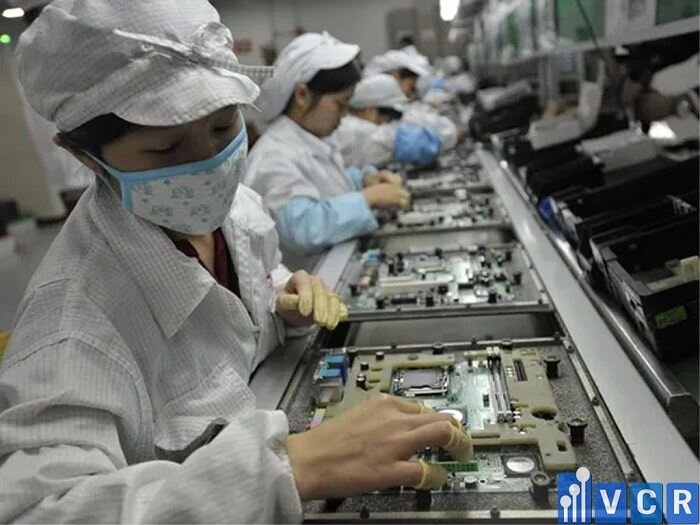
In fact, in a cleanroom, the harm to the human body can come from two reasons:
1. To improve work efficiency, some factories have arranged too many people and positions in the cleanroom. A cleanroom is a place where a fixed amount of fresh air is added, so there is a limit to the number of people entering.
If the number of people exceeds this value, people will not breathe enough air and will feel stuffy. The most common symptoms are chest tightness, headache.
2. Some factories use chemicals harmful to humans in clean rooms but are not equipped with suitable exhaust equipment.
Many cleaning solutions used in electronic cleanrooms contain toxic chemical components. If the generated exhaust gas is discharged in time without suitable exhaust equipment, these harmful components will stay in the cleanroom.
If repeated, it will affect the health of workers. Thus, the electronic clean room is not toxic in nature, but it depends on how it is used.
Top 10 largest electronics companies in the world
Apple
Samsung
Foxconn
Huawei
Dell Technologies
Hitachi
Sony
Panasonic
Intel
LG Electronics
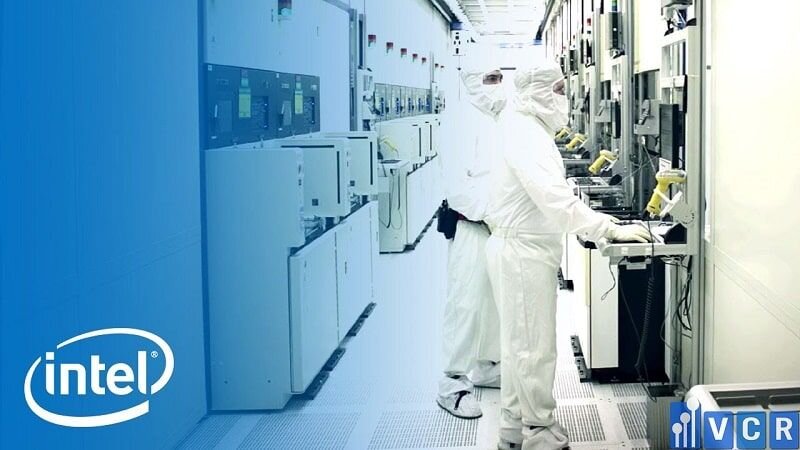
Electronics cleanroom applications
- Semiconductors
- Optical fiber production
- Vacuum chamber
- Memory chip
- Ultraviolet sensitive process
- EUV. Research
- Vacuum coating
- Printing
- Packaging of silicon wafers and substrates
Electronics cleanroom price
There are many factors that determine the price of electronics cleanroom, such as:
Electronics cleanroom construction acreage
+ Construction acreage is an important factor that directly affects the cost of the product.
+ The larger the electronics cleanroom, the higher volume of materials needed. This will increase the price.
Cleanroom cleanliness level
+ Choosing the appropriate cleanliness class also greatly affects the cost of the electronics cleanroom. Each corresponding cleanliness level is assigned a particular air exchange rate (m3/h) and particular air velocity (m/s) respectively. Therefore, cleanroom class will determine the cost of the HVAC system, thereby affecting the price of the cleanroom.
+ In addition, for high-demand cleanliness levels, it is necessary to install double walls, raised floors, double ceilings, clean booth...so it will also increase the price.
+ Choosing the right cleanliness class is beneficial for cleanroom investors because it helps reduce initial investment costs as well as operating costs in the production process
Cleanroom equipment
+ On the market, there are many types of cleanroom equipment and materials with different prices. Therefore, the selection of suitable cleanroom equipment and materials that are both technically responsive and cost-effective will be a factor affecting the price of the electronic cleanroom.
+ In addition, the selection of materials with a delivery time in line with the cleanroom construction schedule is a good way to reduce initial investment costs.
Cleanroom construction planning
+ In any construction project, planning is the leading factor in the implementation of construction. A well-designed construction plan greatly affects the construction cost of a cleanroom
+ An appropriate plan can deploy the construction process smoothly, without overlapping, thereby shortening the construction schedule.
+ The development of a suitable plan will help the supply of materials and equipment to meet the construction schedule.
Selection of cleanroom contractors
+ Choosing a cleanroom construction contractor is one of the deciding factors on the quality and cost of a cleanroom.
+ In this day and age, the bid prices between contractors are very competitive. It is an advantage for investors in assessing the total investment for their construction works.
+ Choosing a reputable contractor, with a clear direction and construction plan will help the investor save a ton of costs
Cleanroom construction site
+ Depending on the project, the location of the electronic cleanroom will affect the following factors:
+ During the construction process, it is inevitable that factors depend on each locality. For example, the soil of each locality will affect the foundation structure of the pipeline, the quality of the input water of the construction site will affect the production lines of the cleanroom, and the water requirements for discharge
+ In addition, the transportation of materials to the construction site is also a factor that significantly affects the cost of a cleanroom construction project.
Vietnam Cleanroom Equipment (VCR) specializes in providing cleanroom equipment for construction contractors. We provide high-quality products with competitive prices and large quantities nationwide. The equipment includes:
Differential pressure gauge, FFU Fan Filter Unit, Pass box, Clean room air filter, HEPA box, Clean booth, cleanroom steel door, Isolator cabinet, and other equipment
For details, please refer to Vietnam cleanroom equipment official website
https://en.vietnamcleanroom.com






